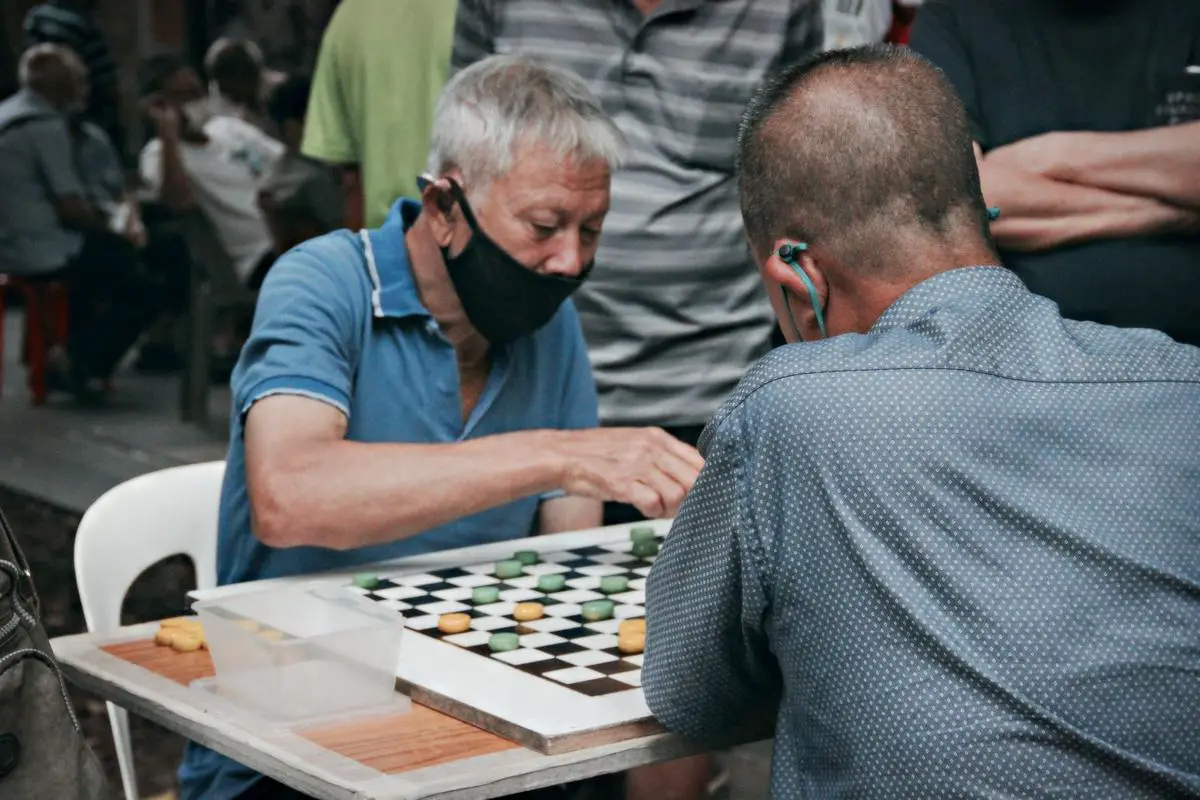The World of Fishing: Tips for Catching Your Own Fresh Fish
There was a time when fishing was basically a necessity for everyone, but now you can simply walk into a grocery store and get all of the fish you need. However, there’s something a bit more special about catching and eating your own fish. Not everyone can simply pick up a rod, head to the nearest body of water, and start catching fish, though. It takes a lot of nuance and patience, which many people don’t have.
Around one out of every six people in the United States alone has gone fishing at least once in the past year, so it’s still very much a prevalent activity. If you want to be one of the many millions who catch fish either as a hobby or as a way of getting food, there are some things you need to know. Here are some tips for catching your own fish as you get into the world of fishing.
Getting The Proper Equipment
One of the misconceptions that people have about fishing is that you need a large boat and a lot of the most expensive equipment to be successful. While having a boat certainly doesn’t hurt, you can be effective without one. The most important piece of equipment that you’ll need, of course, is a rod. A good rod isn’t going to be the cheapest thing ever, but you can still get a great one for under $100.
Once you’ve selected the right rod, you’ll need a good line that’s easy to hook and won’t break when you catch a larger fish. A good tackle box with plenty of weights, hooks, and lures is essential, too. There’s a lot of bait to pick from, with some choosing to either scoop up their own worms from the soil, while others can purchase live bait. For something that you can use repeatedly, there are plenty of reusable bait options including realistic mice, worms, and chipmunks.
Pick The Right Spot
Another big reason why people get so discouraged when it comes to fishing is that they’ll go to a spot, wait for several hours, and not get a single bite. Instead of heading down to the nearest body of water and trying your luck there, do a little bit of research to see what the best spots in your area are. Certain fish flock to certain bodies of water and temperatures, so try to decide what type of fish it is that you want to catch.
Fish like trout can be found in colder and clearer waters while bass like to get closer to the shore in cloudier waters. Because of this, trout are easier to catch because you can see them and they can see the lures in the water. For some, catching fish in water without much movement like a small lake is going to make for easier catching, while more experienced fishermen will head to rivers and streams where the water is constantly moving.
One of the biggest aspects of catching fish comes down to “when.” Certain fish appear more frequently depending on the season, with the warmer months making it easier overall, while winter months are good for ice fishing where you can catch more walleye, yellow perch, and largemouth bass.
As for the time of day, you’ll see a lot of fishermen head out to the water right before the sun rises to get set up. Fish are very active first thing in the morning as the water is cooler, meaning that the fish need to keep moving. When the sun is at its highest, it can be almost impossible to catch anything, but it’s the time of day when humans are most active. Right around sunset is another time of day when it’s good to catch fish as the water starts to cool off, though this can vary based on location.
Learning the Basics
Now that you have your equipment and fishing spot picked out, it’s important to learn the basics of getting set up and catching fish. You’ll want to learn how to tie several different knots with the end of your line, as well as both the baitcasting and spinning forms of casting. While this might seem beginner-level, casting is something that you don’t really get good at until you have a lot of experience.
After you’ve hooked your first fish, reeling it in is a lot harder than you might think. You have to keep the line tense so that the fish can’t snap away quickly, but don’t reel too fast. A slow and steady turn of the reel while slightly jerking the fish closer to you is the most effective way of bringing in the big one. It takes a lot of patience for that first fish to come in, but it’s worth it in the end.
Handling Your Fish
Congratulations on bringing your first fish onto shore or into your boat! Now, picking it up can be a bit tricky. Make sure your hands are wet and that you grasp the fish by sliding your hands down their body with the gills. Going against the gills can hurt your hands, and you also don’t want to squeeze them too hard, but firm enough so they don’t flop away. Once you’ve secured the fish in a container, you can count it as your first victory!



